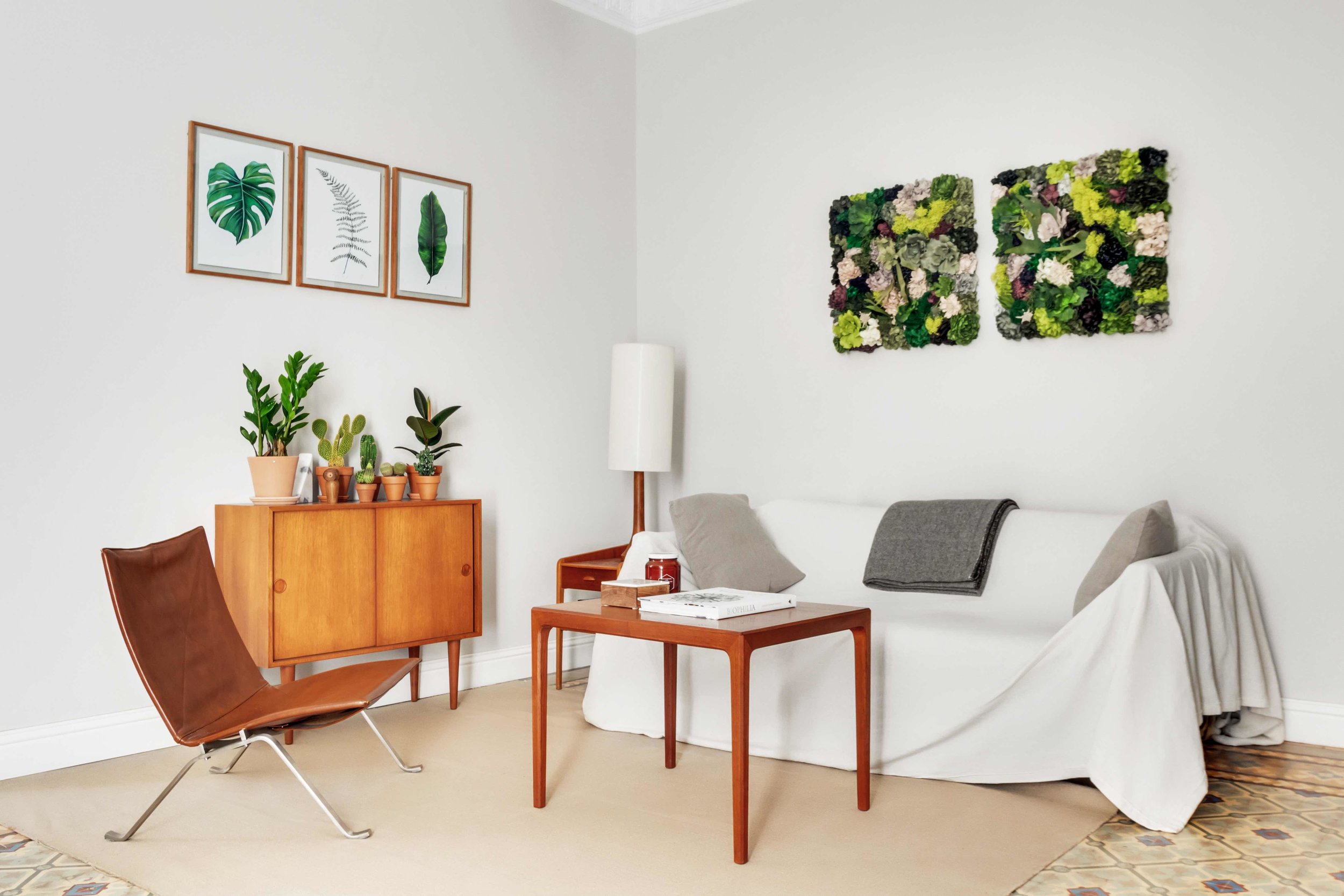
Incorporating Biophilic Elements Into Your Interiors
Biophilia, the innate human connection to nature, has been proven to have numerous benefits for our well-being. However, with the increasing urbanization and limited access to green spaces, it can be challenging to connect with nature on a daily basis. That's where biophilic design comes in. By incorporating natural elements into our interiors, we can create spaces that promote health, happiness, and productivity. In this article, we will explore the concept of biophilic design and provide practical tips on how to bring nature into your home.
What is Biophilic Design?
Biophilic design is an approach to architecture and interior design that seeks to connect people with nature. It recognizes the innate human need to be surrounded by natural environments and incorporates natural elements, materials, and patterns into the built environment.
Biophilic design is based on the idea that integrating nature into our surroundings can have a positive impact on our physical, mental, and emotional well-being. Studies have shown that exposure to nature can reduce stress, improve cognitive function, and increase productivity. By incorporating biophilic elements into our interiors, we can create spaces that promote relaxation, improve air quality, and enhance our overall quality of life.
The Benefits of Biophilic Design
There are numerous benefits to incorporating biophilic design into your home interiors. Here are some of the key advantages:
- Improved well-being: Being surrounded by nature has been shown to have a positive impact on our mental and physical health. Biophilic design can help reduce stress, lower blood pressure, and improve overall well-being.
- Increased productivity: Studies have shown that exposure to natural elements can enhance cognitive function and improve productivity. Incorporating biophilic elements into your home office or workspace can help you stay focused and energized.
- Better air quality: Many natural elements, such as plants, have air-purifying properties. By incorporating plants into your interiors, you can improve the air quality in your home and create a healthier living environment.
- Enhanced creativity: Nature has long been associated with creativity and inspiration. By bringing natural elements into your interiors, you can create a space that stimulates your imagination and fosters creative thinking.
- Connection to the natural world: In today's fast-paced, technology-driven world, it's easy to feel disconnected from nature. By incorporating biophilic elements into your interiors, you can create a sense of connection and bring the outdoors inside.
How to Incorporate Biophilic Elements Into Your Interiors
Now that we understand the benefits of biophilic design, let's explore some practical ways to bring nature into your home:
1. Introduce Indoor Plants
One of the easiest ways to incorporate biophilic elements into your interiors is by adding indoor plants. Plants not only add a touch of greenery to your space but also help purify the air and create a calming atmosphere. Choose low-maintenance plants such as snake plants, pothos, or peace lilies, and place them strategically in different rooms of your home.

2. Maximize Natural Light
Natural light has a significant impact on our mood and well-being. Maximize the amount of natural light in your home by keeping windows unobstructed and using sheer curtains or blinds that allow sunlight to filter through. If privacy is a concern, consider installing skylights or light tubes to bring in more natural light.
3. Use Natural Materials
Incorporate natural materials such as wood, stone, and bamboo into your interiors. Choose furniture made from sustainable materials and opt for natural finishes that highlight the beauty of the materials. Natural materials not only add warmth and texture to your space but also create a sense of harmony with the natural world.
4. Incorporate Water Features
Water features, such as indoor fountains or tabletop waterfalls, can add a sense of tranquility to your interiors. The sound of flowing water can help create a calming atmosphere and mask unwanted noise. If space is limited, consider adding a small tabletop fountain or a wall-mounted water feature.
5. Create Nature-Inspired Color Palettes
Choose colors that are inspired by nature for your walls, furniture, and accessories. Earthy tones, such as greens, browns, and blues, can create a soothing environment and evoke a sense of nature. Consider using natural dyes and eco-friendly paints to minimize the environmental impact.
6. Incorporate Natural Patterns
Integrate natural patterns, such as floral prints, leaf motifs, or organic textures, into your interiors. Use wallpaper, upholstery, or decorative accessories to bring these patterns into your space. Natural patterns can add visual interest and create a connection to the natural world.
7. Create Outdoor Living Spaces
If you have outdoor space, create a comfortable and inviting area where you can relax and connect with nature. Add outdoor furniture, such as a cozy seating area or a dining set, and incorporate natural elements, such as potted plants or a water feature. Spending time outdoors can have numerous benefits for your well-being.
Conclusion
Incorporating biophilic elements into your interiors can have a profound impact on your well-being, productivity, and overall quality of life. By introducing plants, maximizing natural light, using natural materials, incorporating water features, creating nature-inspired color palettes, integrating natural patterns, and creating outdoor living spaces, you can create a harmonious and rejuvenating environment that brings the benefits of nature into your home.
Remember, biophilic design is not just about aesthetics; it's about creating a deeper connection to the natural world. So, start bringing nature into your home today and experience the transformative power of biophilic design.